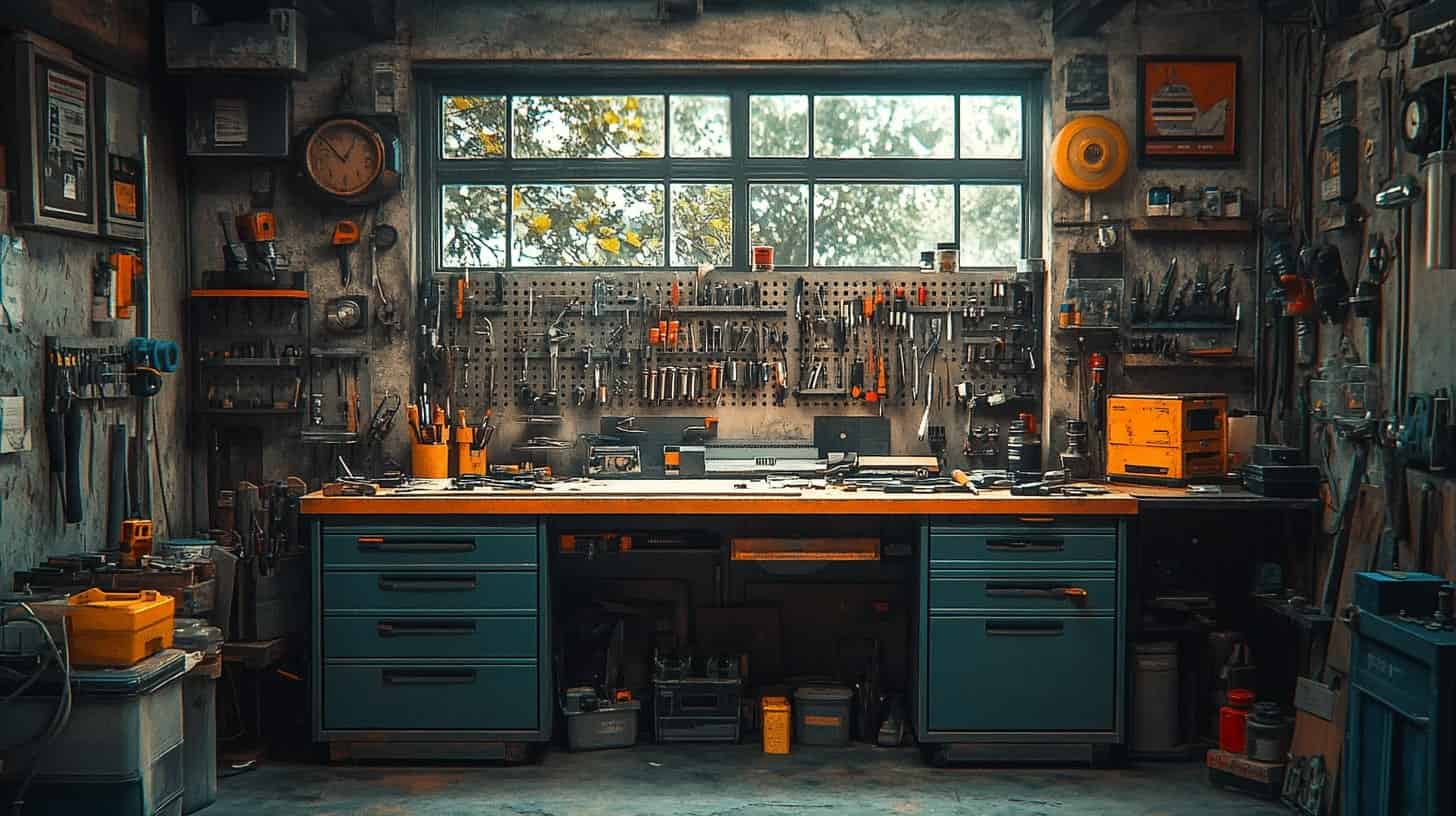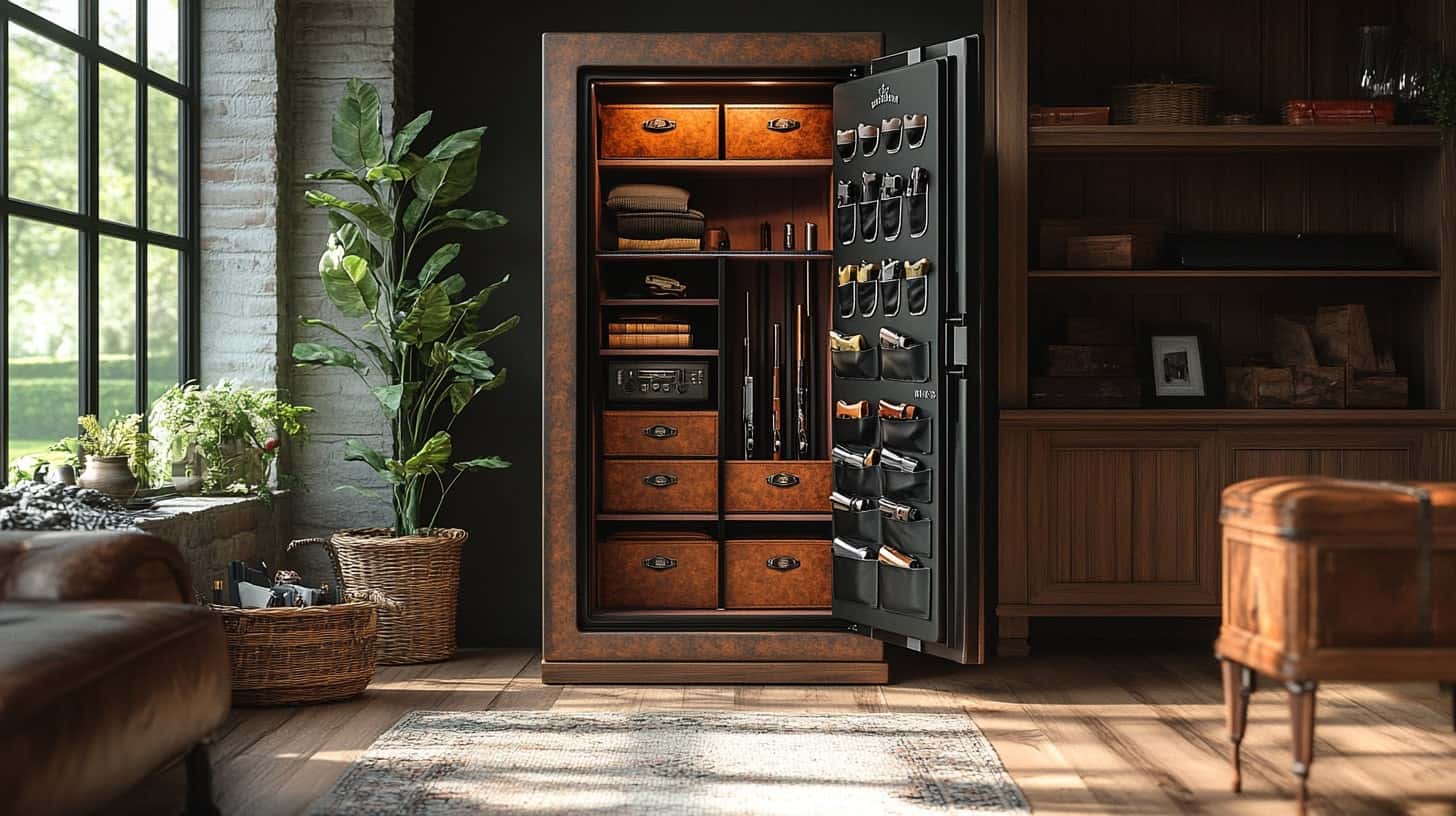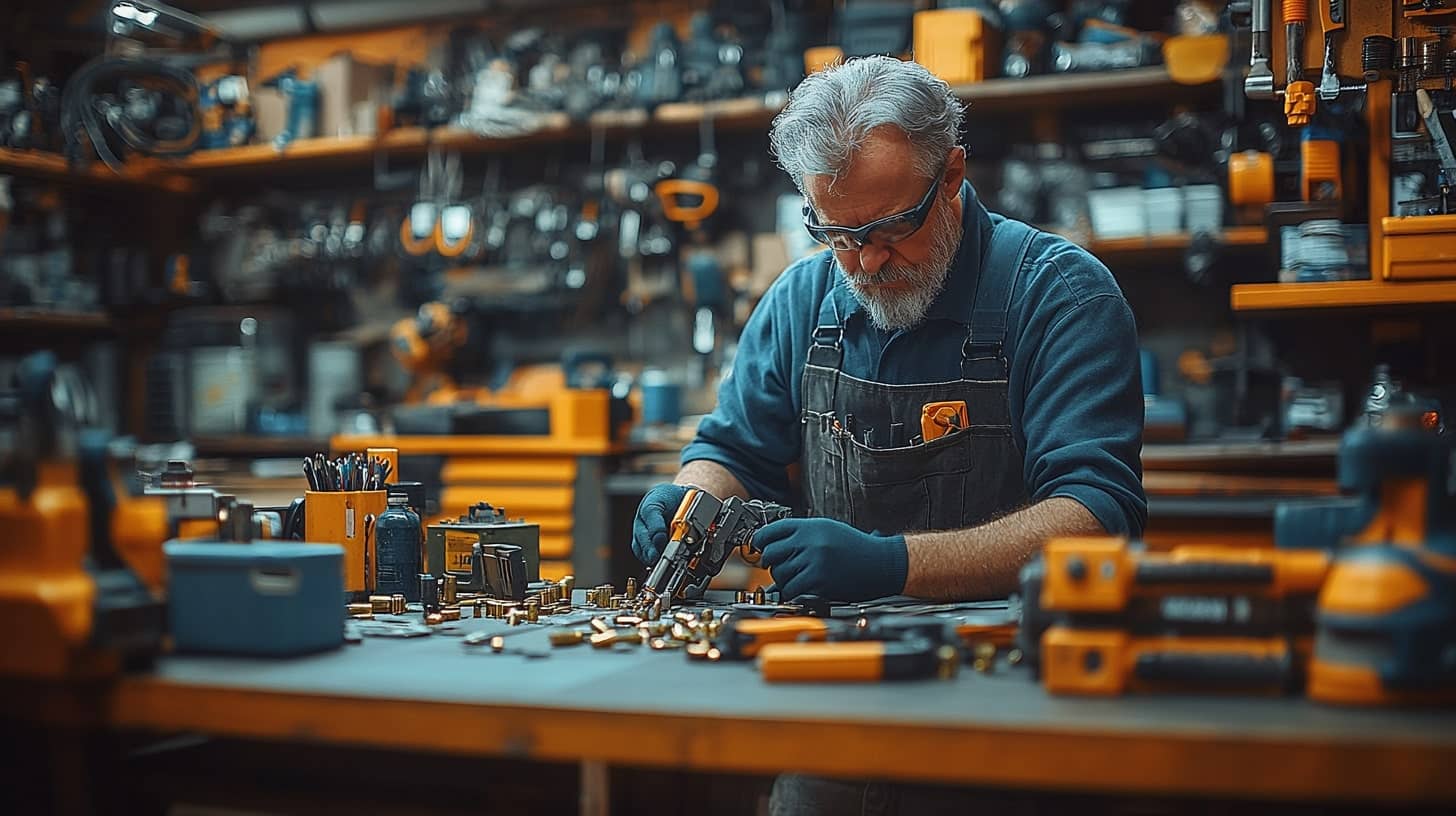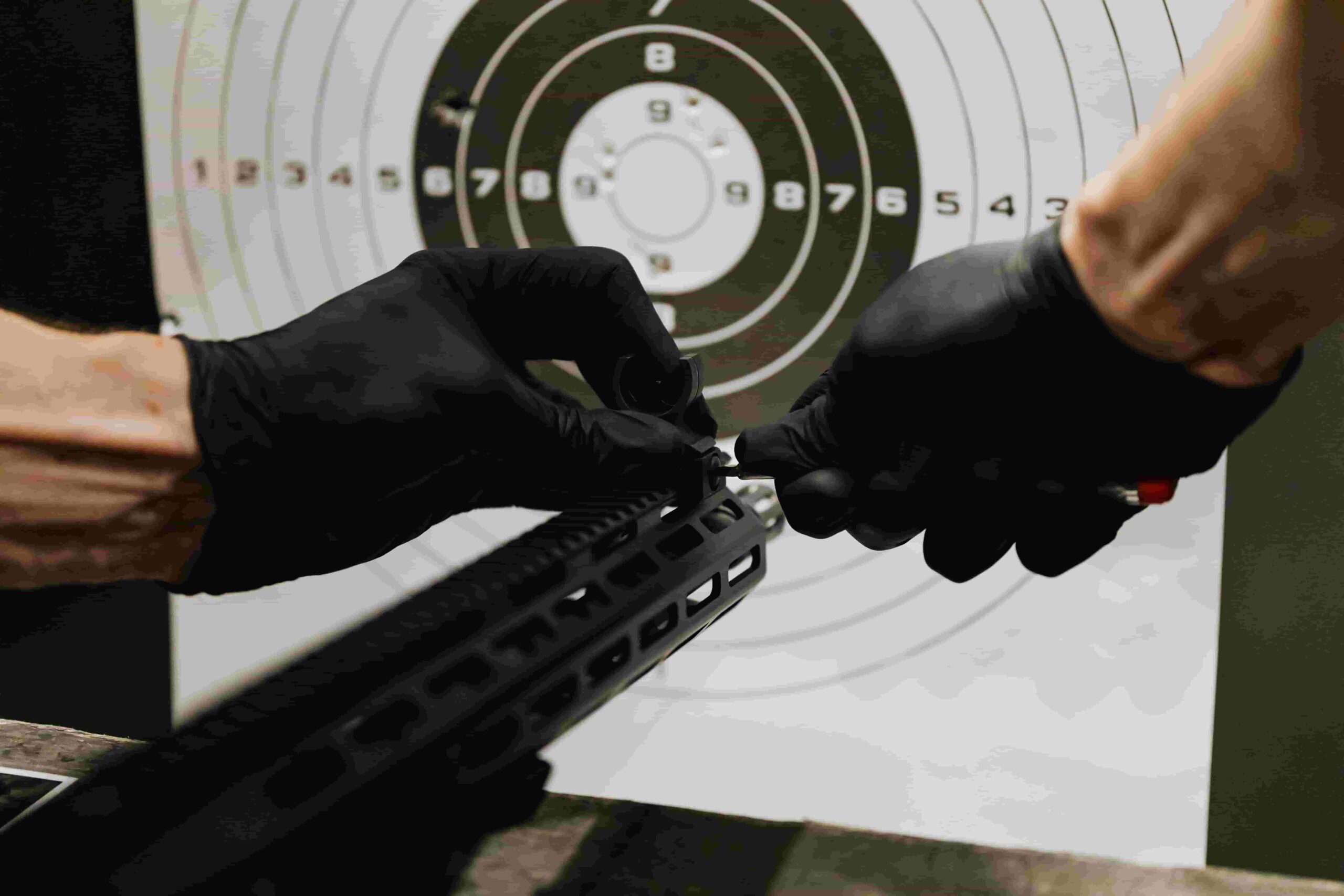Firearm maintenance and repair are topics that evoke strong opinions and plenty of myths. With the rise of online tutorials and DIY culture, many gun owners wonder if they can handle repairs on their own. While some routine maintenance tasks are manageable at home, other repairs demand professional expertise to ensure safety, functionality, and legal compliance. In this guide, we’ll explore the realities behind DIY gun repair, debunk common myths, and clearly delineate what you can do yourself versus what should be left to the experts.
Understanding the Basics of Firearm Maintenance
Before diving into repairs, it’s crucial to understand that regular maintenance is the cornerstone of firearm longevity and safety. Basic upkeep such as cleaning, lubrication, and proper storage can prevent many common issues. Routine maintenance tasks include:
- Cleaning: Removing residue, carbon buildup, and debris from the barrel, chamber, and action.
- Lubrication: Applying appropriate lubricants to moving parts to ensure smooth operation.
- Inspection: Regularly checking for wear, corrosion, or damage to key components.
- Cosmetic Touch-Ups: Maintaining the external finish to prevent rust and degradation.
These routine procedures are generally within the realm of a responsible gun owner and can often be performed with minimal tools and a bit of practice.
DIY Repairs You Can Safely Handle
Many repairs and maintenance tasks are straightforward and safe to perform at home. These tasks not only save money but also deepen your understanding of how your firearm works. Here are some common DIY repairs and maintenance activities:
1. Cleaning and Lubrication
This is the most common and essential maintenance task. A thorough cleaning after every use keeps your firearm reliable. Use solvents to remove carbon buildup, and follow up with a light coat of lubricant on moving parts. Always refer to your firearm’s manual for recommended products and procedures.
2. Replacing Springs and Small Parts
Over time, small components like recoil springs, trigger springs, or small pins may wear out. Many manufacturers offer replacement parts along with detailed instructions for swapping them out. With basic tools such as screwdrivers, punches, and pliers, you can replace these components safely at home.
3. Sight Adjustments and Minor Calibrations
If your sights or optics are slightly off, many modern firearms allow for minor adjustments that can be done at home. Use a clean environment and proper tools to adjust your sights. Always double-check your work at the range before relying on these adjustments in the field.
4. Cosmetic Repairs and Finishing Touches
Minor scratches, chips, or worn-out finishes can be touched up with products designed for metal and wood restoration. These cosmetic repairs do not affect the operation of your firearm but can help prevent corrosion and maintain its value.
5. Basic Troubleshooting and Assembly/Disassembly
Learning how to safely disassemble and reassemble your firearm is a valuable skill. This practice helps you understand the internal workings of your gun, making it easier to diagnose issues. Always follow your manufacturer’s guidelines and record the process with notes or photos to avoid mistakes.
When to Leave It to the Professionals
While many maintenance tasks are suitable for a DIY approach, some repairs require professional expertise. Attempting these tasks without proper training and tools can lead to dangerous mistakes. Here are some repairs that are best left to certified gunsmiths:
1. Barrel Work and Rifling Repairs
The barrel is one of the most critical components of any firearm. Issues with the rifling or internal damage can drastically affect accuracy and safety. Barrel replacement, re-barreling, or machining repairs require specialized equipment and expertise. A professional gunsmith can ensure that the barrel is reconditioned to factory specifications.
2. Major Structural Repairs
Any repair involving the frame, receiver, or other major structural components should be handled by professionals. These parts are integral to the firearm’s integrity, and improper repairs can lead to catastrophic failure, risking injury or death.
3. Trigger and Safety Mechanism Adjustments
While minor sight adjustments can be handled at home, comprehensive work on the trigger mechanism, safety systems, or other critical firing components should be performed by an expert. The complexity of these systems means that even a small error could lead to accidental discharge or malfunction.
4. Electrical or Electronic System Repairs
Modern firearms with advanced electronic features, such as smart triggers or digital displays, involve circuitry that requires specialized knowledge. Professional repair services can accurately diagnose and fix issues without compromising the functionality or warranty of the firearm.
5. Welding or Metal Fabrication
Any repair that involves welding, brazing, or significant metal fabrication is not recommended as a DIY project. The precision and safety required for these tasks exceed what most hobbyists can safely achieve with home equipment.
Debunking Common Myths About DIY Gun Repair
Several misconceptions surround the topic of DIY firearm repair. Here are a few myths and the reality behind them:
Myth 1: “DIY Repairs Always Save Money”
Reality: While DIY repairs can save money on labor costs, the initial investment in quality tools and replacement parts can add up. Additionally, a mistake made during a DIY repair can lead to more expensive damages or even render a firearm unsafe, ultimately costing more than professional repairs.
Myth 2: “Any Gun Owner Can Perform All Repairs”
Reality: Not all gun owners have the same level of technical skill or understanding of firearm mechanics. Some repairs require a depth of knowledge and precision that only professional training can provide. It’s important to recognize your own limits and seek professional help when needed.
Myth 3: “DIY Repairs Void the Warranty”
Reality: This depends on the manufacturer and the nature of the repair. Some warranties may be voided if repairs are performed by someone other than an authorized service center. Always check the warranty terms before attempting a DIY repair.
Myth 4: “Online Tutorials Are Sufficient for Complex Repairs”
Reality: While online tutorials can be a great starting point for learning basic maintenance, they may oversimplify complex repairs. Relying solely on video guides without hands-on training can lead to improper techniques and unsafe practices.
Safety Considerations for DIY Gun Repair
Safety is paramount when working on any firearm. Whether performing routine maintenance or more advanced repairs, always follow these safety guidelines:
- Work in a Clean, Organized Area: A cluttered workspace increases the risk of accidental damage or injury. Ensure that your tools and parts are well-organized.
- Disconnect Power Sources: For any electronic components, ensure that batteries or power sources are removed before starting repairs.
- Wear Protective Gear: Use safety glasses, gloves, and, if necessary, ear protection during repairs.
- Follow the Manual: Always refer to your firearm’s owner’s manual and manufacturer’s guidelines. These documents are the best source of specific instructions and safety warnings.
- Double-Check Your Work: After completing a repair, thoroughly inspect your work and, if possible, have a professional review it before reassembling the firearm for use.
- Know When to Stop: If you encounter a problem that seems beyond your skill level, don’t hesitate to consult a professional gunsmith.
The Role of Professional Gunsmiths
Professional gunsmiths bring years of training and experience to firearm repair. They have access to specialized tools and equipment that are essential for handling complex repairs. Moreover, a professional’s work is often backed by warranties and certifications that provide peace of mind. Establishing a relationship with a reputable gunsmith can be an invaluable resource for any gun owner, ensuring that critical repairs are handled safely and effectively.
Balancing DIY and Professional Repairs
For many gun owners, the best approach is a balanced one. Routine maintenance and minor repairs can be performed at home, while more complex issues should be handled by professionals. This balanced approach not only extends the lifespan of your firearm but also ensures that you maintain a high standard of safety and performance.
Investing in a few quality tools and learning basic maintenance techniques can save time and money. However, always be mindful of your limitations. Recognizing when a repair is beyond your expertise is a sign of responsibility—not weakness. By blending DIY efforts with professional support, you can enjoy the benefits of both worlds.
Conclusion
DIY firearm repair offers a blend of convenience, cost savings, and a deeper understanding of your own equipment. Yet, it is crucial to separate fact from fiction. While routine maintenance tasks like cleaning, lubricating, and minor part replacements can be safely performed at home, more complex repairs—such as barrel work, structural modifications, and intricate trigger adjustments—demand professional expertise.
By understanding the limits of DIY repair, following strict safety protocols, and knowing when to seek professional help, gun owners can maintain their firearms effectively while ensuring their safety and the reliability of their equipment. Embrace the learning process, invest in quality tools, and develop a strong relationship with a trusted gunsmith. This balanced approach will not only preserve the longevity of your firearm but also enhance your overall shooting experience.
Remember, a well-maintained firearm is not only a testament to your dedication as a gun owner but also a crucial factor in ensuring your safety and success. Whether you’re a seasoned enthusiast or just starting out, understanding the realities of DIY repair versus professional service is the key to making informed, responsible decisions.





